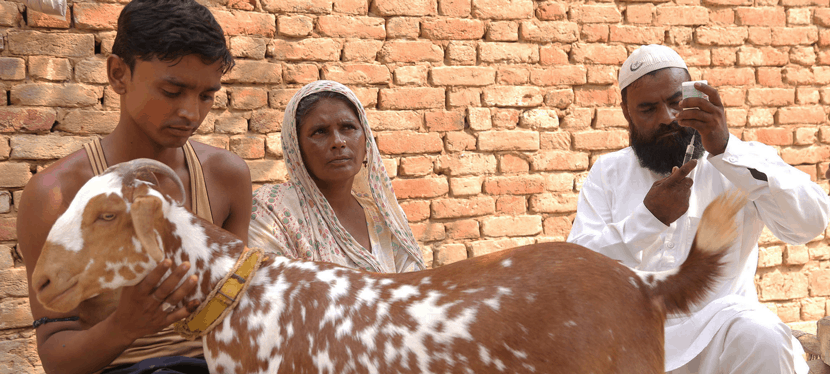Building a new global approach to address animal diseases
“This approach will help us to see what the true priority disease areas are, set policies around them, refine resource use and reduce the environmental impact of the animals we keep,” says Professor Jonathan Rushton.

When it comes to tackling animal diseases, it’s surprisingly difficult to know where to prioritise action and what policies work best. Professor Jonathan Rushton, N8 Agrifood chair in Animal Health and Food Systems Economics and the Director of the University of Liverpool’s Centre of Excellence for Sustainable Food Systems, talks about building a new global approach to address the diseases that have the most profound impacts.
“Publically available data on the actual presence of disease are scanty, and the data on impacts in terms of production loss and reaction are even worse,” says Professor Jonathan Rushton.
“We need a system to classify animal diseases by economic impact that includes production losses, expenditure and wider economic impacts. Data are needed on mortality, morbidity, and production changes, plus the human reaction to disease presence or risk. This approach will help us to see what the true priority disease areas are, set policies around them, refine resource use and reduce the environmental impact of the animals we keep.”
“We need more systematic data collection, capture and analysis on a range of endemic animal diseases and how they are managed. This will require an understanding of the production systems animals are kept in and how much they are producing, building on the work of the Livestock Data for Development (LD4D) community facilitated by the Supporting Evidenced Based Interventions (SEBI) program. The long-term goal is to create a framework where people capture data on diseases losses and expenditure and to make overall estimates of disease impacts.”
Featured photo: Goat keepers in Uttar Pradesh, India, engage in a grassroots disease prevention and treatment service. Source: GALVmed.
Vanessa Meadu
Edinburgh, Scotland
This article’s original version is posted on the Livestock Data for Decisions website.




